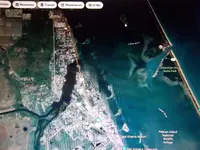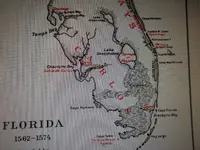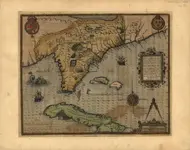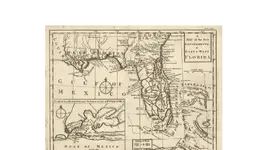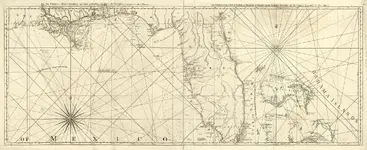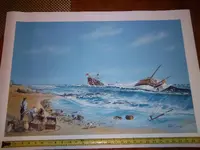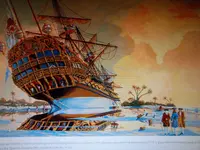RTR
Gold Member
- Joined
- Nov 21, 2017
- Messages
- 8,180
- Reaction score
- 32,488
- Golden Thread
- 0
- Location
- Smith Mt. Lake Va.
- Detector(s) used
- Teknetics Liberator
Falcon MD-20
***********
Blue Bowl
Angus MacKirk sluice
Miller Table
- Primary Interest:
- All Treasure Hunting
- #41
Thread Owner
The inlet on that map including the islands is far south of present day Sebastian inlet. It is where todays Ft. Pierce exists and the islands are still there.
IF, You look due West of the inlet you'll see a direct match for what is ( Today called St.Sebastian River). Sure the scale is off, but the location of St.Sebastian River proves its Sebastian inlet.



